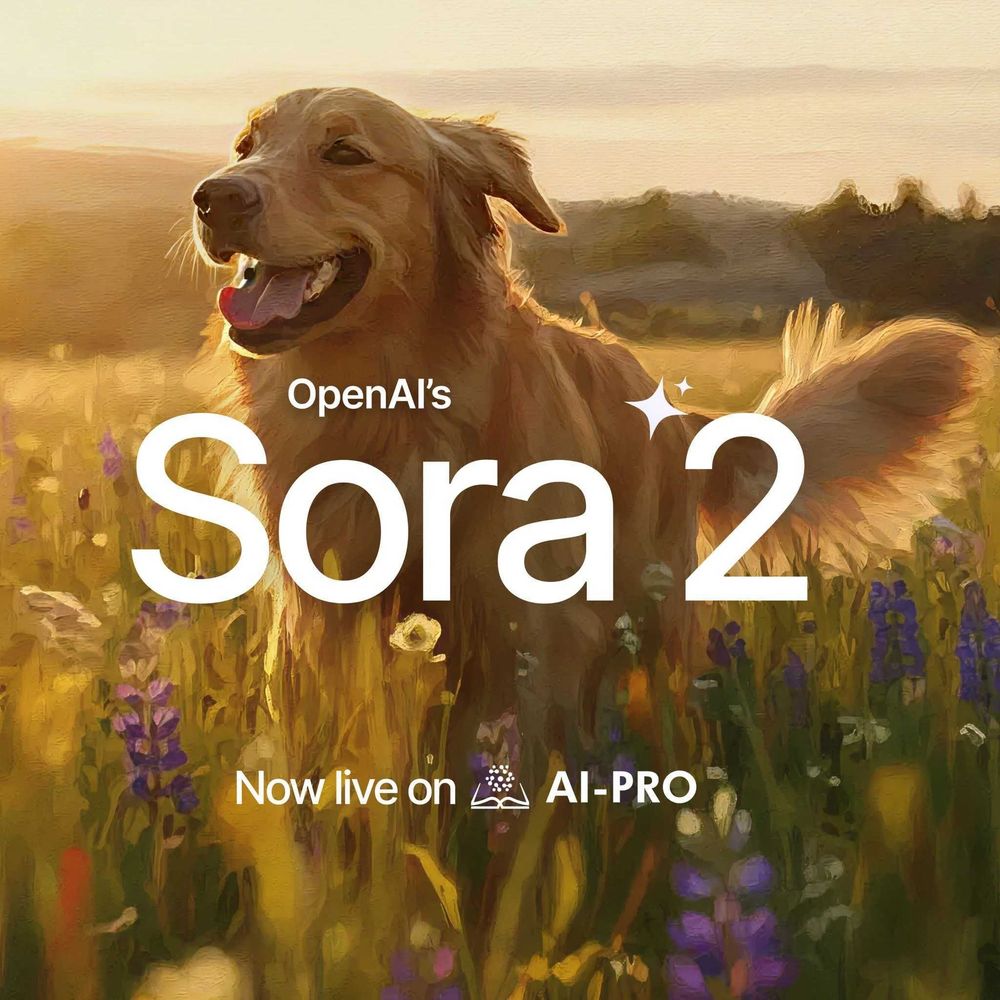As we advance further into the digital age, the integration of artificial intelligence (AI) into our daily lives is becoming more pronounced. One of the most exciting developments in this realm is Meta AI, a sophisticated assistant designed to enrich user interactions across Meta's popular platforms, including Facebook, Instagram, Messenger, and WhatsApp. Launched in 2023, Meta AI utilizes the cutting-edge Llama 3 model to deliver personalized experiences that cater to individual needs and preferences.
In a world where effective communication and instant access to information are paramount, understanding what Meta AI is and how it operates is essential. This intelligent assistant not only enhances user engagement but also transforms the way we create content and connect with others.
In this article, we will answer the question of “What is Meta AI?” by exploring its key features, practical applications for both individuals and businesses, and vital considerations surrounding privacy and data management. By examining these elements, we can gain a deeper insight into how Meta AI is redefining our digital interactions and shaping the future of communication.
What is Meta AI?

Meta AI, launched in 2023, is an advanced AI-driven assistant integrated across Meta’s suite of applications. Powered by Meta’s latest large language model, Llama 3, it enhances user interactions by offering personalized responses and enabling seamless communication across platforms.
As a conversational assistant, Meta AI engages users in natural dialogue, responding to queries, providing information, and generating creative content—ranging from text-based answers to photorealistic images—through simple prompts. This capability enriches the user experience by making information more accessible without requiring users to leave their preferred applications.
The significance of Meta AI lies in its ability to transform digital interactions by embedding an intelligent assistant within widely used social media and messaging platforms. Meta aims to create a more intuitive, engaging environment, making information access faster and easier for users.
How Does Meta AI Work?
At the core of Meta AI is the concept of meta-learning, allowing it to learn how to learn. This gives the AI system the flexibility to generalize its knowledge across various tasks and scenarios, making it highly versatile. By acquiring meta-knowledge about different tasks, Meta AI adapts its responses to meet user needs effectively.
A key component of its sophistication is Neural Architecture Search (NAS). NAS allows Meta AI to dynamically create and optimize neural network architectures tailored to specific tasks. Unlike traditional systems that use predefined structures, NAS enables Meta AI to discover high-performing configurations, enhancing its adaptability and efficiency.
Here are the key elements of Meta AI’s operation:
- Meta-Learning: This approach enables the system to learn from previous experiences and apply that knowledge to new challenges. By understanding patterns and relationships in data, Meta AI can predict outcomes and provide relevant information even in unfamiliar contexts.
- Dynamic Architecture Generation: Using NAS, Meta AI can create neural networks optimized for specific tasks on-the-fly. This flexibility not only improves efficiency but also ensures that the AI can handle a wide range of requests—from simple queries to complex problem-solving tasks.
- Natural Language Processing (NLP): Meta AI employs advanced NLP techniques to understand and respond to user queries effectively. By leveraging state-of-the-art language models like Llama 3, it can interpret context, sentiment, and nuances in conversation, allowing for more natural interactions.
- Continuous Learning: Unlike static systems that require manual updates, Meta AI continuously learns from user interactions. This ongoing learning process allows it to refine its responses over time, leading to increasingly personalized and contextually relevant interactions.
- Integration Across Platforms: Meta AI is seamlessly embedded within Meta's ecosystem, allowing users to access its capabilities across various applications. Whether users are seeking information on Facebook or engaging in conversations on Messenger, Meta AI is designed to enhance their experience without interruption.
Through these mechanisms, Meta AI not only improves engagement but also redefines digital communication. As technology evolves, the capabilities of Meta AI will likely continue to grow, making it an indispensable tool for navigating the digital world.

Meta AI is designed to enhance user interactions across various platforms by incorporating a range of advanced features that set it apart from traditional chatbots. Below are some of the key features that contribute to its effectiveness and versatility:
-
Conversational Assistance
At the core of Meta AI is its ability to engage users in natural, human-like conversations. Utilizing advanced natural language processing (NLP) techniques, it can understand and respond to user queries with contextually relevant answers. This capability allows users to ask questions, seek information, or request assistance in a way that feels intuitive and engaging. -
Multi-Step Reasoning
Meta AI excels at processing complex queries through multi-step reasoning. It can break down intricate problems into smaller, manageable components, allowing it to provide accurate solutions. For example, if a user asks for recommendations on planning a weekend trip, Meta AI can guide them through various steps—from selecting a destination to finding accommodations—ensuring a comprehensive response. -
Context Switching
Another one of its standout features is its ability to switch contexts seamlessly during conversations. This means that users can change topics without losing the flow of dialogue. Whether discussing travel plans one moment and then transitioning to dinner recipes the next, Meta AI adapts effortlessly, maintaining relevance and coherence in its responses. -
Emotional Intelligence
Meta AI incorporates emotional intelligence into its interactions, enabling it to empathize with users and respond appropriately based on their emotional cues. By detecting tone and language patterns, it can tailor its responses to match the user's mood or sentiments. This feature enhances the overall user experience by making interactions feel more personal and relatable. -
Content Creation
With its image generation capabilities, Meta AI allows users to create photorealistic images based on text prompts. Whether for social media posts or creative projects, users can describe what they envision, and Meta AI will generate corresponding visuals. Additionally, it can animate existing images to create engaging GIFs, providing users with dynamic content options. -
Live Translation
Breaking down language barriers is another significant advantage of Meta AI. It offers real-time translation capabilities during conversations across Meta’s platforms, enabling users to communicate effortlessly with individuals who speak different languages. This feature fosters global connectivity and enhances collaborative efforts among diverse groups. -
AI Studio
A unique aspect of Meta AI is the AI Studio feature that allows users and businesses to create custom chatbots without requiring extensive programming knowledge. This functionality empowers brands to develop personalized interactions with their audiences, enhancing customer engagement and support. -
Accessibility in Group Chats
In messaging platforms like WhatsApp and Messenger, users can interact with Meta AI directly in group chats by tagging it with @Meta AI. This feature allows for collaborative problem-solving or planning activities within group conversations, making it an invaluable tool for social interactions.
The key features of Meta AI not only enhance user engagement but also transform how individuals and businesses communicate in an increasingly digital world. By leveraging advanced technologies such as emotional intelligence and multi-step reasoning, Meta AI stands out as a powerful assistant capable of meeting diverse user needs across various platforms.

Considering its unique features, Meta AI offers a wide range of practical applications that enhance user experiences for both individuals and businesses. Its capabilities are designed to streamline everyday tasks, improve communication, and foster engagement across various platforms.
Here’s a closer look at how Meta AI can be utilized effectively:
For Individuals
- Everyday Tasks Meta AI serves as a personal assistant for users, helping with a variety of daily tasks. Whether you need cooking tips, local information, or recommendations for activities, you can simply ask Meta AI for assistance. For example, if you're planning dinner, you can inquire about recipes based on the ingredients you have at home. This feature simplifies the decision-making process and saves time.
- Enhancing Social Interactions In social messaging platforms like Messenger and WhatsApp, Meta AI enhances interactions by providing relevant information or suggestions based on the conversation context. Users can tag Meta AI in chats to ask questions or seek advice, making it easier to coordinate plans or share ideas without disrupting the flow of conversation.
For Businesses
- Customer Engagement Strategies Businesses can leverage Meta AI to enhance customer engagement through personalized interactions. By utilizing AI-driven chatbots, companies can provide instant responses to customer inquiries, ensuring that users receive timely assistance. This capability not only improves customer satisfaction but also reduces the workload on human support teams. According to recent findings, these chatbots can analyze user behavior and preferences to deliver tailored recommendations, thereby increasing conversion rates and fostering loyalty.
- Content Personalization and Marketing Applications Meta AI allows businesses to create personalized marketing campaigns that resonate with their target audience. By analyzing customer data—such as browsing history and past interactions—it can suggest products or promotions that align with individual preferences. This targeted approach enhances the effectiveness of marketing efforts and drives higher engagement rates.
- Utilizing AI Studio to Create Custom Chatbots for Enhanced Engagement The AI Studio feature enables businesses to develop custom chatbots tailored to their specific needs without requiring extensive programming knowledge. These chatbots can serve various functions—from answering FAQs to guiding customers through complex processes—thereby enhancing user experience and engagement. For instance, a retail brand could create a chatbot that assists customers in finding products based on their preferences or provides updates on promotions and events.
The practical applications of Meta AI demonstrate its versatility and potential to transform how individuals interact with technology and how businesses engage with their customers. By leveraging these capabilities, users can simplify their daily tasks while companies can enhance customer satisfaction and drive growth through personalized experiences.

As artificial intelligence becomes more integrated into our daily lives, concerns about privacy and data handling are paramount. Meta AI is designed with a focus on user privacy, implementing various practices to ensure that data collection is transparent and that users maintain control over their information.
Here’s an overview of how Meta AI addresses these critical issues:
- Overview of Data Collection Practices Meta AI collects data to enhance its functionality and improve user experience. This data includes user interactions, preferences, and feedback, which are analyzed to refine the AI's responses and recommendations. The information collected is used to create a more personalized experience, allowing Meta AI to understand user needs better and provide relevant assistance. However, Meta is committed to minimizing data collection where possible, focusing on gathering only the information necessary for optimal performance.
- User Control Over Shared Information One of the key aspects of Meta AI's approach to privacy is empowering users with control over their shared information. Users can easily manage their data through settings available within the Meta applications. For instance, individuals have the option to delete their chat history or specific interactions with Meta AI at any time. This feature ensures that users can maintain their privacy and choose what information they want to retain or remove from the system.
- Transparency Measures Transparency is a cornerstone of trust in digital interactions. Meta AI employs various transparency measures to inform users about how their data is used. For example, all replies generated by the AI are clearly marked as such, allowing users to distinguish between human-generated content and AI-generated responses. Additionally, Meta has introduced invisible watermarking for images generated by Meta AI, ensuring that users are aware of the origin of the content they receive. This practice not only enhances transparency but also helps prevent misuse of generated content.
By prioritizing user privacy and implementing robust data handling practices, Meta AI aims to foster trust among its users while delivering personalized experiences. As technology continues to evolve, maintaining a strong commitment to privacy will be essential for ensuring that users feel secure in their interactions with AI-driven systems.
Moving Forward with Meta AI
There’s no denying that Meta AI represents a significant leap forward in the integration of artificial intelligence within our daily digital interactions. By harnessing advanced technologies like the Llama 3 model, Meta AI enhances user experiences across various platforms, providing personalized assistance and fostering seamless communication. From everyday tasks to complex business applications, the capabilities of Meta AI are designed to simplify processes and enrich interactions, making it an invaluable tool for both individuals and organizations.
As we answer the question of “What is Meta AI,” we see that its features demonstrate its versatility and potential to transform how we engage with technology. Furthermore, the emphasis on privacy and data handling ensures that users maintain control over their information, fostering trust in this innovative system.
As we move forward in an increasingly digital world, understanding what Meta AI is and how it operates will be essential for leveraging its full potential. With ongoing advancements anticipated in AI technology, it is poised to play a crucial role in shaping the future of communication and interaction. By embracing these innovations, users can navigate the complexities of modern life with greater ease and efficiency, ultimately enhancing their overall experience in the digital landscape.





